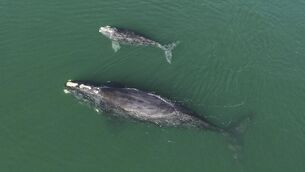Why we need to listen to farmers’ perspectives on lynx and wolf reintroductions

Dr Jonny Hanson in the Annapurna region of Nepal. Picture: Abinash Lama
Growing up in rural Monaghan in the 1990s, there was one thing that I wanted to be more than any other — a wildlife conservationist.
Then, in 1999, my family and I moved to Malawi, in southern Africa. Suddenly, the animals that had roamed my imagination became the species that lived in the country — and sometimes the city — that I now called home.








